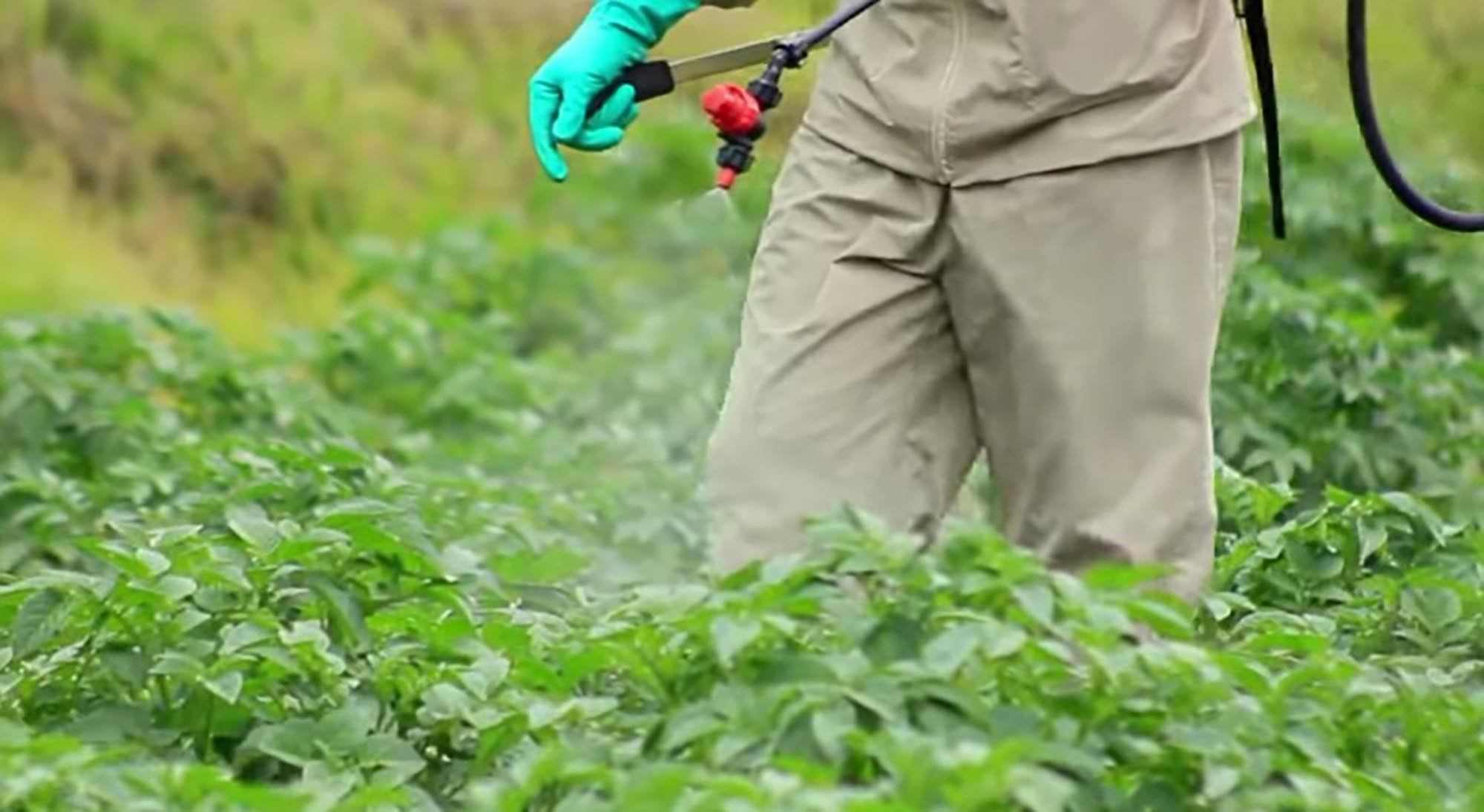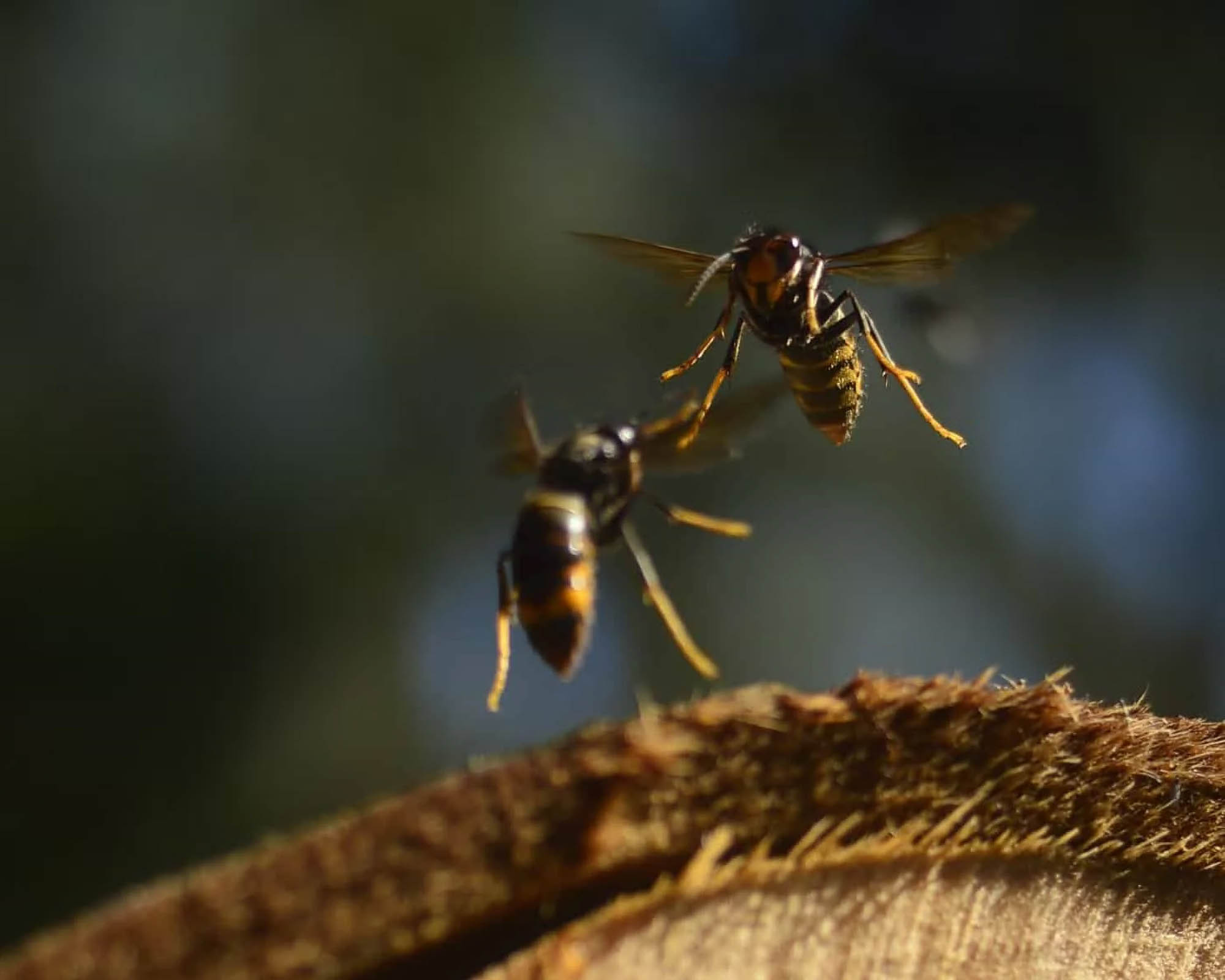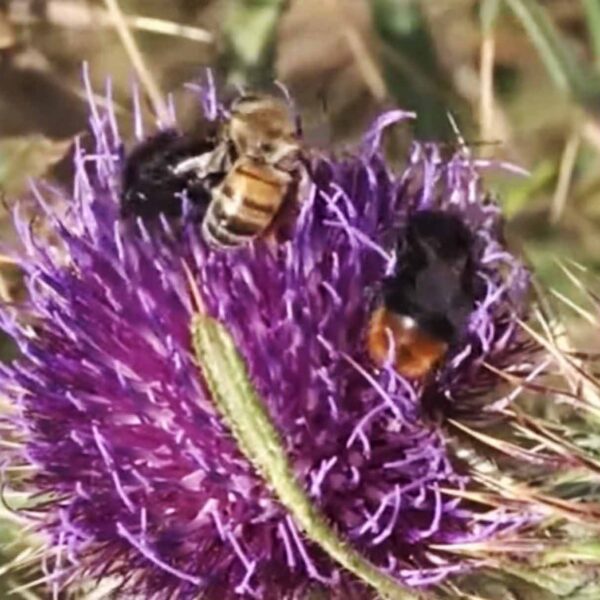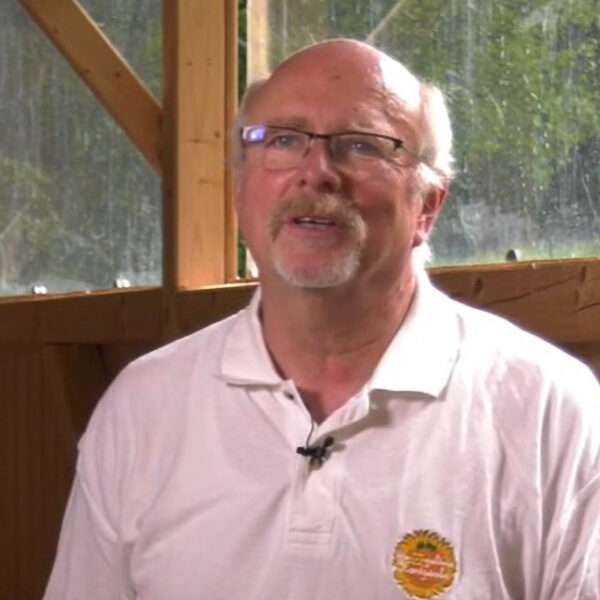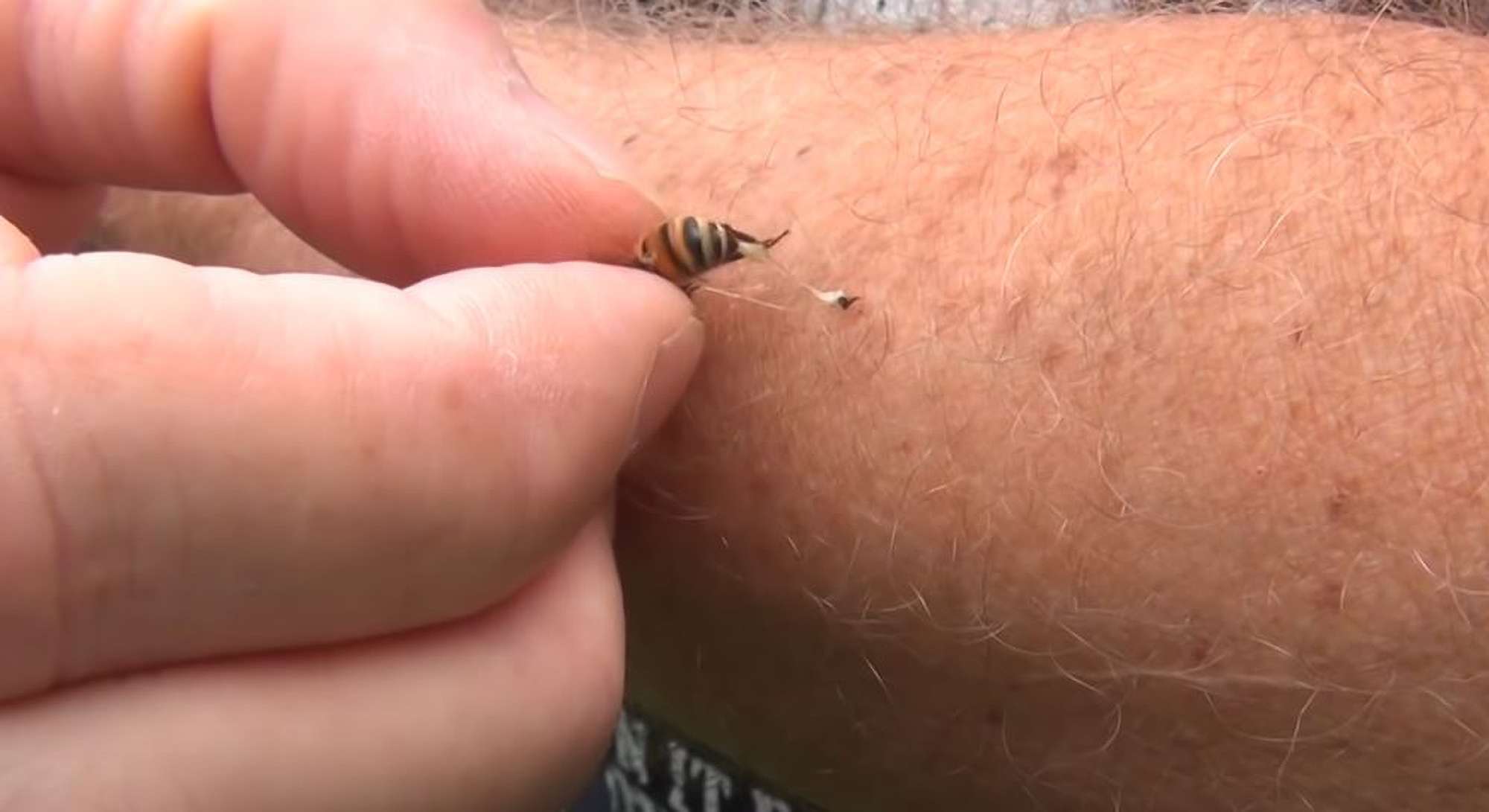Anyone cutting back trees and bushes must ensure not to disturb any Asian hornet nests, an expert from Jersey has emphasised.
The invasive species also known as Vespa velutina, which eats fruit and various insects, has spread across large parts of Europe including France, the Channel Islands and mainland Britain.
Asian hornets build their nests in a large variety of locations including abandoned buildings, trees and shrubs.
Alastair Christie is the Government of Jersey’s Asian Hornet coordinator. He told the Daily Mirror: “Anyone cutting back hedges needs to be aware of the risk of disturbing wasps and Asian hornet nests.”
Anyone discovering an Asian hornet nest has been advised to stay clear and inform the local nature authority.
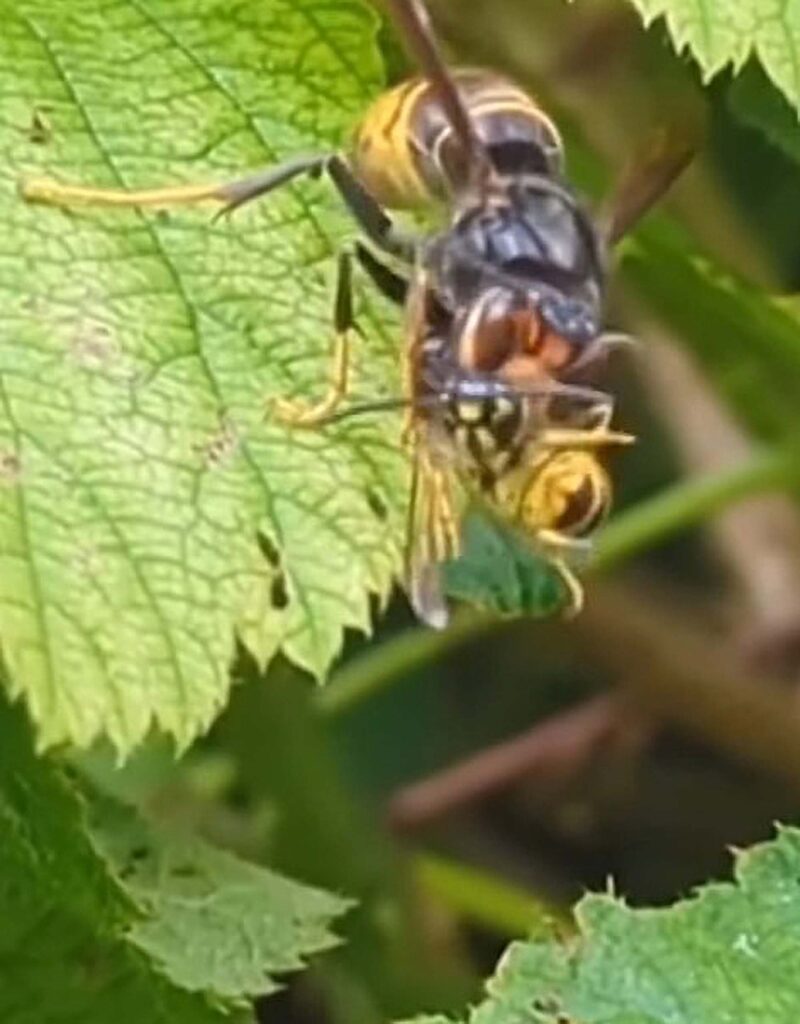
Speaking about their removal, Alastair explained: “Destruction of the nests is logistically challenging. They can be found up trees, on cliff faces, inside roof spaces or within brambles.
He added: “They are in such varied locations and efficiency and safety have to be prioritised when removing the nests.”
Unless they feel threatened, Asian hornets do not attack humans. In 2022, one Jersey resident was reportedly stung 12 times while cutting his hedge which contained a nest.
More than 240 Asian hornet nests have been discovered on the island so far this year. Some environmentalists in Jersey believe that the species could act more aggressively if its nests are rattled or thrown to the ground by intense winds.
The first Asian hornet sighting on the UK mainland dates back to 2016. The predatory insect is understood to have come to Europe from Southeast Asia via a cargo transport in 2004.
Beekeepers and farmers fear that the current development could have a detrimental impact on honey harvest volumes and the pollination of plants and flowers.


